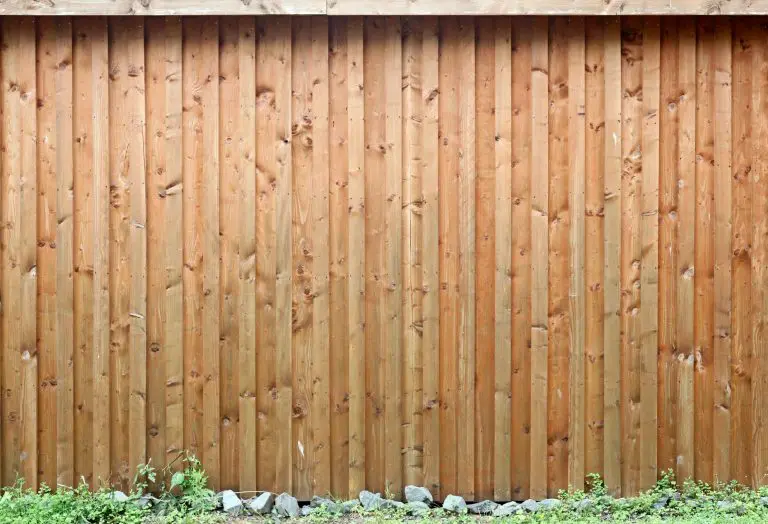Understanding Household Paints: Emulsion, Gloss, and More
Understanding Types of Paint
When it comes to giving your home a fresh new look, choosing the right paint is crucial. Household paints come in a variety of finishes and formulations, each suited to different parts of the home and types of surfaces. This article will guide you through the most common types of household paints such as emulsion and gloss, helping you make informed decisions for your next DIY project.
1. Emulsion Paint
Emulsion paint is perhaps the most commonly used paint for interior walls and ceilings. It is water-based, which means it has a low odour and dries relatively quickly. Emulsion comes in a range of finishes:
- Matte: Provides a non-reflective, smooth finish that helps to hide imperfections on the walls.
- Silk: Offers a slight sheen and is more durable and easier to clean than matte, making it suitable for kitchens and bathrooms.
- Soft Sheen: Sits between matte and silk, providing a subtle glow that enhances the texture of the walls without the shine.
2. Gloss Paint
Gloss paint is known for its high sheen finish, making it a popular choice for woodwork and metal, including doors, skirting boards, and railings. It is highly durable and resistant to knocks and scuffs, which makes it ideal for areas that receive a lot of wear and tear. Gloss paints are typically oil-based, which means they take longer to dry and have a stronger odour than water-based paints.
3. Satin Paint
Satin paint has a softer sheen than gloss and is increasingly popular for woodwork and metal due to its subtler finish. It combines the durability of gloss with a less reflective surface, making it suitable for interior doors, window frames, and furniture.
4. Eggshell Paint
Eggshell paint has a flat, low-sheen finish and is a good choice for interior walls and woodworks that require a durable finish with a slight luster. It is easier to clean than matte paint and is often used in higher-traffic areas where a matte finish might not hold up as well.
5. Acrylic Gloss Paint
Acrylic gloss paint is a water-based version of the traditional oil-based gloss. It dries faster and with less odour, making it a user-friendly alternative for DIY decorators. It offers a similar level of durability and shine as oil-based gloss, making it suitable for both interior and exterior use.
6. Masonry Paint
Designed for exterior use, masonry paint is formulated to resist moisture and prevent mould growth, protecting the outside walls of your home. It typically has a matte or textured finish to help cover minor imperfections in the brickwork or render.
7. Primer and Undercoat
Not strictly a finish paint, but vital in preparation, primers and undercoats are used to prepare surfaces for painting. They help to ensure the paint adheres properly and provides a more uniform finish. Depending on the surface and the type of topcoat used, the appropriate primer and undercoat can enhance the durability and appearance of the paint job.
By choosing the right type of paint for each room and surface in your home, you can ensure a long-lasting and professional-looking finish. Whether you’re aiming for the robustness of gloss on your woodwork or the subtle elegance of emulsion on your walls, understanding these options will help you achieve the desired effect with your home improvement projects.


